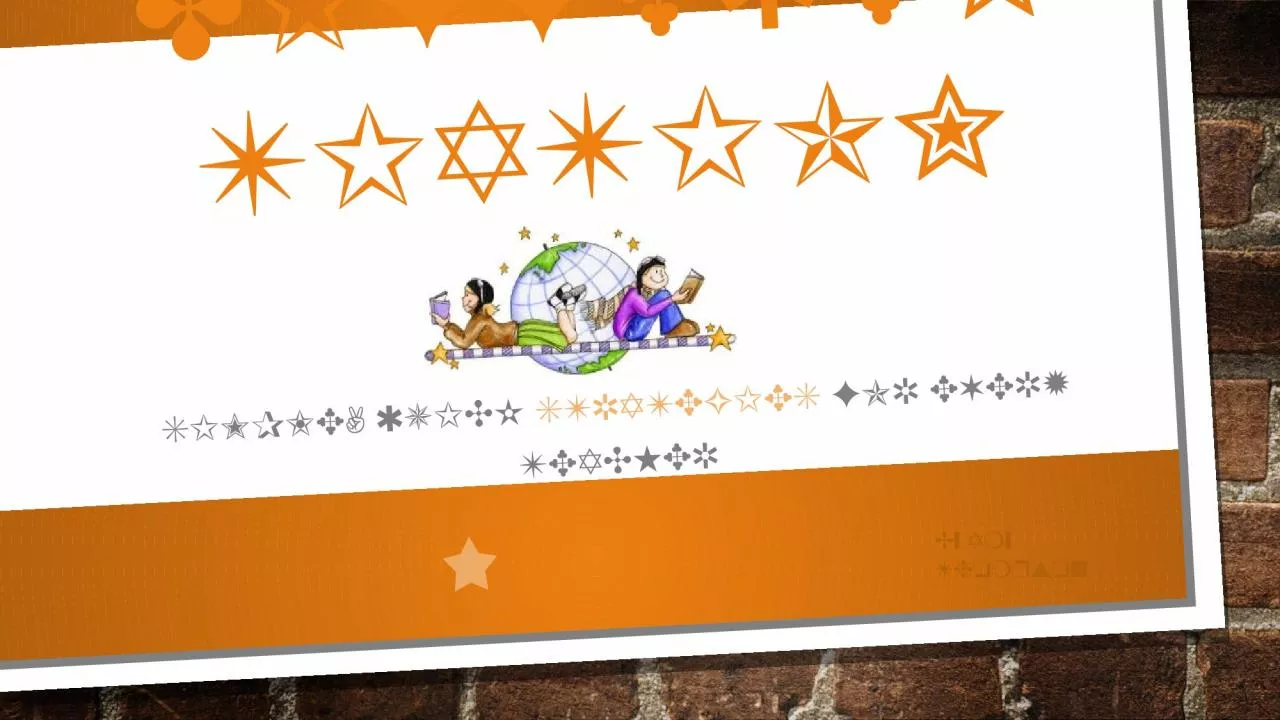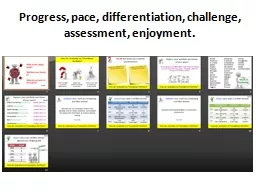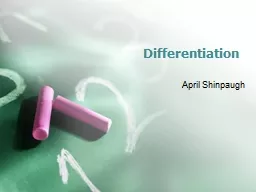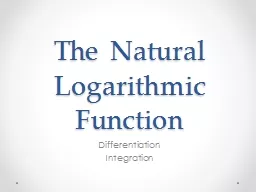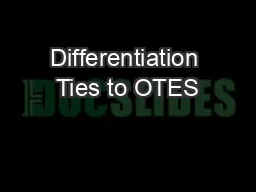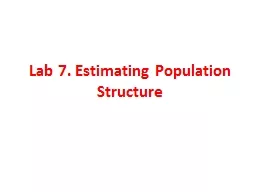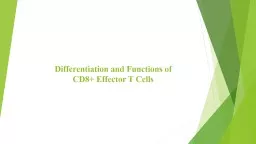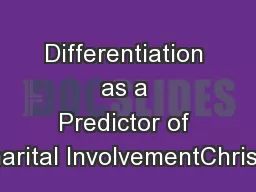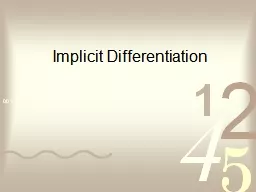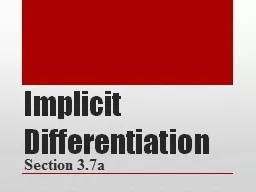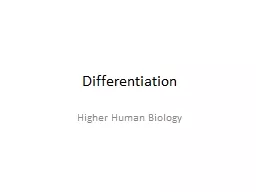PPT-Differentiation Simple, quick
Author : roy | Published Date : 2022-06-11
strategies for every teacher By Amy Thompson It seems overwhelming but youre already doing it Getting to know your students Projects Hands on activities Group work
Presentation Embed Code
Download Presentation
Download Presentation The PPT/PDF document "Differentiation Simple, quick" is the property of its rightful owner. Permission is granted to download and print the materials on this website for personal, non-commercial use only, and to display it on your personal computer provided you do not modify the materials and that you retain all copyright notices contained in the materials. By downloading content from our website, you accept the terms of this agreement.
Differentiation Simple, quick: Transcript
Download Rules Of Document
"Differentiation Simple, quick"The content belongs to its owner. You may download and print it for personal use, without modification, and keep all copyright notices. By downloading, you agree to these terms.
Related Documents

